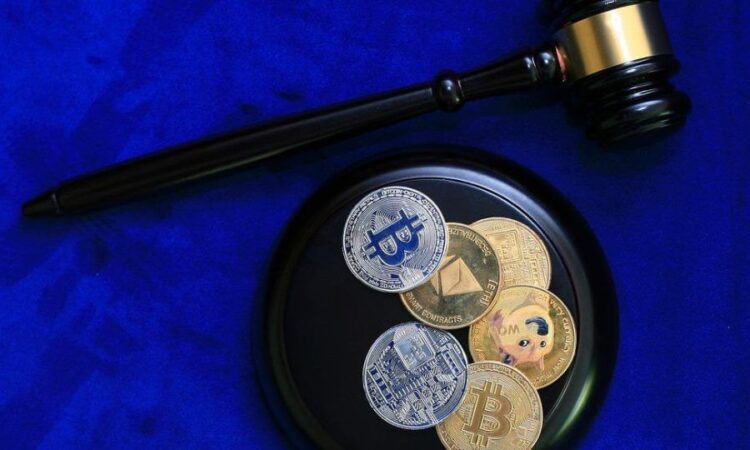
On Saturday, Governor Ignazio Visco of the Italian Central Bank emphasized the need for effective regulation of crypto assets and highlighted a number of ongoing European Union (EU) and national initiatives on the global economy during his speech in Milan. The Italian regulators have begun laying down foundations to form an oversight framework that adheres to EU laws concerning crypto-assets.
The Governor stated that even though Italy and other Eurozone countries are slowing down economically since the digital currency sector has few ties to traditional finance, last year’s crypto market crash had no “systemic impacts” on the Italian economy.
He further said that the Bank of Italy surveys revealed that only 2% of Italian households owned “modest amounts,” on average, in crypto and that the exposure of Italian intermediaries to the crypto market was minimal.
In anticipation of the upcoming EU crypto regulations known as Markets in Crypto Assets (MiCA), Italian regulators are preparing for a final vote that is due to occur in April. The MiCA framework outlines licensing requirements for cryptocurrency issuers, service providers, and exchange platforms. As part of this process, the Bank of Italy has partnered with the CONSOB financial markets regulator and the Ministry of Economy and Finance to ensure all “authorization and supervision activities” specified by MiCA are correctly followed.
Last year, Italy implemented a registration requirement for all crypto companies operating in the country. However, by the end of last year, none of these firms had been adequately verified, and only 91 were on the approved list. Today, that number stands unchanged at 91 virtual asset providers awaiting full vetting from Italian authorities.
Governor Visco of the Bank of Italy has pointed out a need to distinguish between crypto assets with no intrinsic value, which must be “strongly discouraged,” and those that can aid in optimizing financial systems. The EU is presently trialing DLT applications for market infrastructures, supported by the Bank of Italy.






